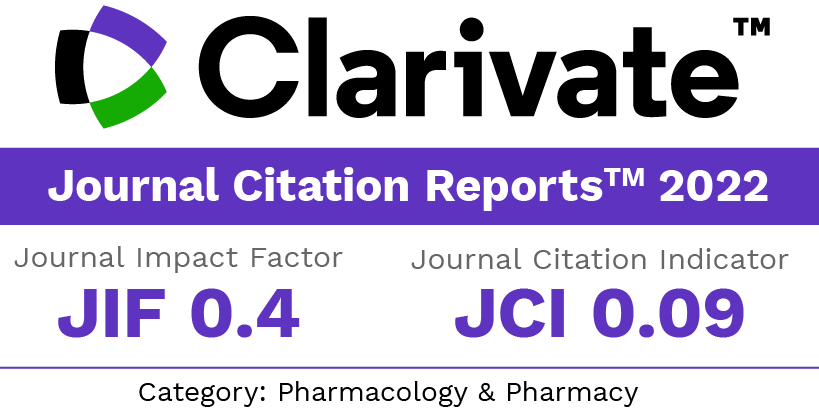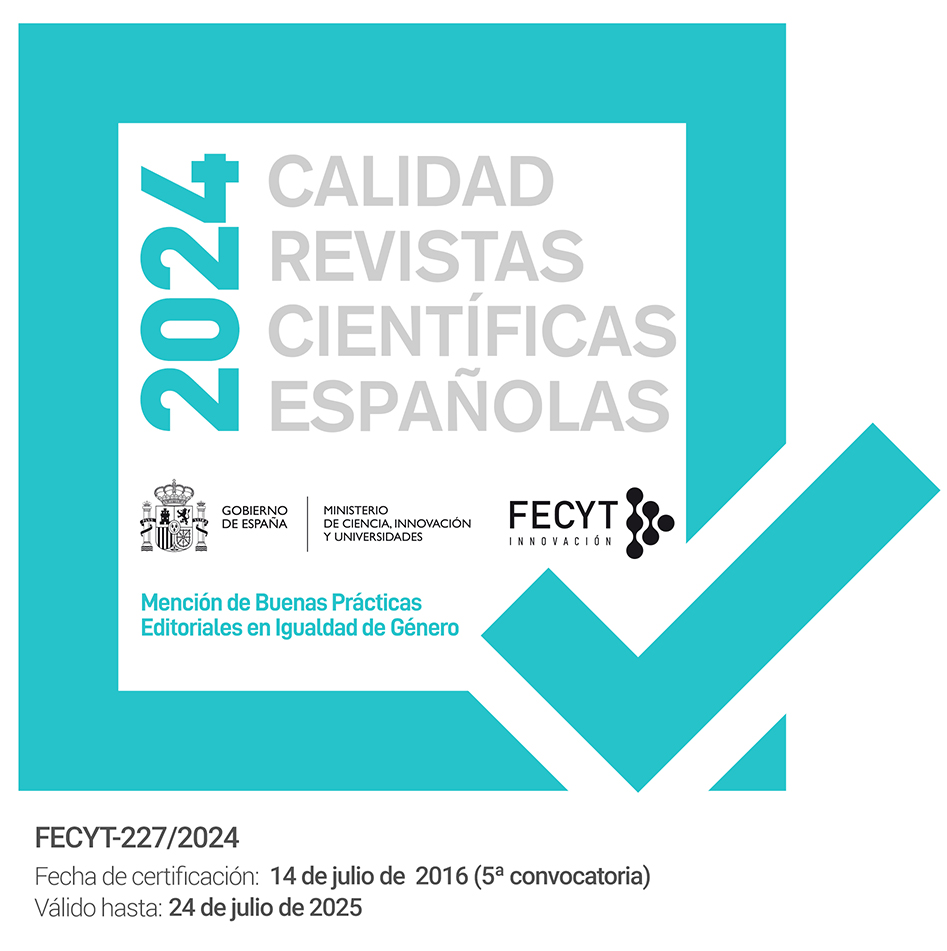Design and Evaluation of Matrix Diffusion Controlled Transdermal Patches of Diltiazem Hydrochloride
Keywords:
Diltiazem Hydrochloride, Eudragit RL PM, Polyvinyl pyrrolidone, Rosin, Release studies, Transdermal patchAbstract
A matrix dispersion type transdermal drug delivery system of Diltiazem Hydrochloride was developed using differentratios of rosin with Eudragit RL PM and polyvinyl pyrrolidone. The patch prepared by the combination of rosin andpolyvinyl pyrrolidone was not transparent one, and shows an uneven distribution of polyvinyl pyrrolidone, which maybe due to the hydrophilic nature of polyvinyl pyrrolidone. The effect of the polymers on the technological properties,i.e., drug release, water vapor transmission rate, percentage moisture loss and thickness were investigated. The patchcontaining rosin: Eudragit RL PM (6:4) showed a release of 2651 mcg in 24 h. In order to improve the release variousproportions of camphor was included in the formulation. The patch containing rosin: Eudragit RL PM (6:4) with5% w/v of camphor showed a sustained release of the drug extending over a period of 24 h. Formulation F8 emergedas the most satisfactory formulation as far as the technological properties were concerned. Further skin permeationand skin irritation studies were carried out on rat skin and rabbit respectively. Therefore it can be concluded that thepatch containing rosin: Eudragit RL PM in the ratio 6:4 with 5%w/v of camphor achieved the desired objectives oftransdermal drug delivery systems, such as overcoming of fi rst pass effect, extended release and reduced frequency ofadministration.Downloads
References
Ghosh TK, Pfister WF. Transdermal and Topical Delivery Systems: An overview and future trends. In: Ghosh TK, Pfister WF (ed.) Transdermal and Topical Drug Delivery Systems, CRC Press, Boca Raton, FL, 1997; p. 1-32.
Verma PRP, Iyer SS. Transdermal delivery of propranolol using mixed grades of Eudragit: Design and in vitro and in vivo evaluation Drug Dev Ind Pharm 2000; 26(4): 471-476.
Hadgraft J, Guy RH. Selection of drug candidates for transdermal delivery. In: Transdermal Drug Delivery, 1st ed., Marcel Dekker Inc., New York, 1989; p.60-120.
Devi VK, Saisivam S, Maria GR, Deepti PU. Design and evaluation of matrix diffusion controlled transdermal patches of verapamil hydrochloride. Drug Dev Ind Pharm 2003; 29(5): 495-503.
Chaffman M, Brogden RN. Diltiazem: A review of its pharmacological properties and therapeutic efficacy. Drugs 1985;
(5): 387-454.
Kim H, Fassihi R. New ternary polymeric matrix system for control drug delivery of highly soluble drugs. Pharm Res 1997; 14: 1415-1421.
Sheorey DS, Dorle AK. Preparation and study of release kinetics of rosin pentaerythritol ester microcapsules. J. Microen 1994; 11(1): 11-17.
Shirwaikar AA, Reddy N. Rosin, a polymer for micro encapsulation of Diltiazem Hydrochloride for sustained release by emulsion solvent evaporation technique. Ind J Pharm Sci 2000; 62(4): 308-310.
Pathak YV, Dorle AK. Rosin and rosin derivatives as hydrophobic matrix materials for controlled release of drugs, Drug Dev Ind Pharm 1990; 6(3): 223-227.
Ramani CC, Puranik PK, Dorle AK. Study of maleoabietic acid as matrix forming material. Int J Pharm 1996; 1: 344-352.
Satturwar PM, Fulzele SV, Mandaogade PM, Mundhada DR, Gogte BB, Dorle AK. Evaluation of new rosin derivative for pharmaceutical coating. Int J Pharm 2004; 270 (1-2): 27-36.
Fulzele SV, Satturwar PM, Dorle AK. Polymerized rosin: novel film forming polymer for drug delivery. Int. J. Pharm 2002; 249(1-2): 175-184.
Satturwar PM, Fulzele SV, Dorle AK. Evaluation of polymerized rosin for the formulationand evelopment of transdermal drug delivery system. A technical note. AAPSPharmSciTech, 2005; 6(4): article 81.
Balestrieri, F, Magri, AD, Magri AL, Marini D, Sacchini A. Application of differential scanning calorimetry to the study of drug-excipient compatibility. Thermochimica Acta 1996; 285: 337-345.
British Pharmacopoeia Commission. British Pharmacopoeia. Addendum 1996. London, UK: British Pharmacopoeia Commission; 1996; 1761.
Rao PR, Ramakrishna S, Diwan PV. Drug release kinetics from polymeric films containing propranolol hydrochloride for transdermal use. Pharm Dev Techno 2000; l5: 465-472.
Downloads
Published
How to Cite
Issue
Section
License
The articles, which are published in this journal, are subject to the following terms in relation to the rights of patrimonial or exploitation:
- The authors will keep their copyright and guarantee to the journal the right of first publication of their work, which will be distributed with a Creative Commons BY-NC-SA 4.0 license that allows third parties to reuse the work whenever its author, quote the original source and do not make commercial use of it.
b. The authors may adopt other non-exclusive licensing agreements for the distribution of the published version of the work (e.g., deposit it in an institutional telematic file or publish it in a monographic volume) provided that the original source of its publication is indicated.
c. Authors are allowed and advised to disseminate their work through the Internet (e.g. in institutional repositories or on their website) before and during the submission process, which can produce interesting exchanges and increase citations of the published work. (See The effect of open access).


















